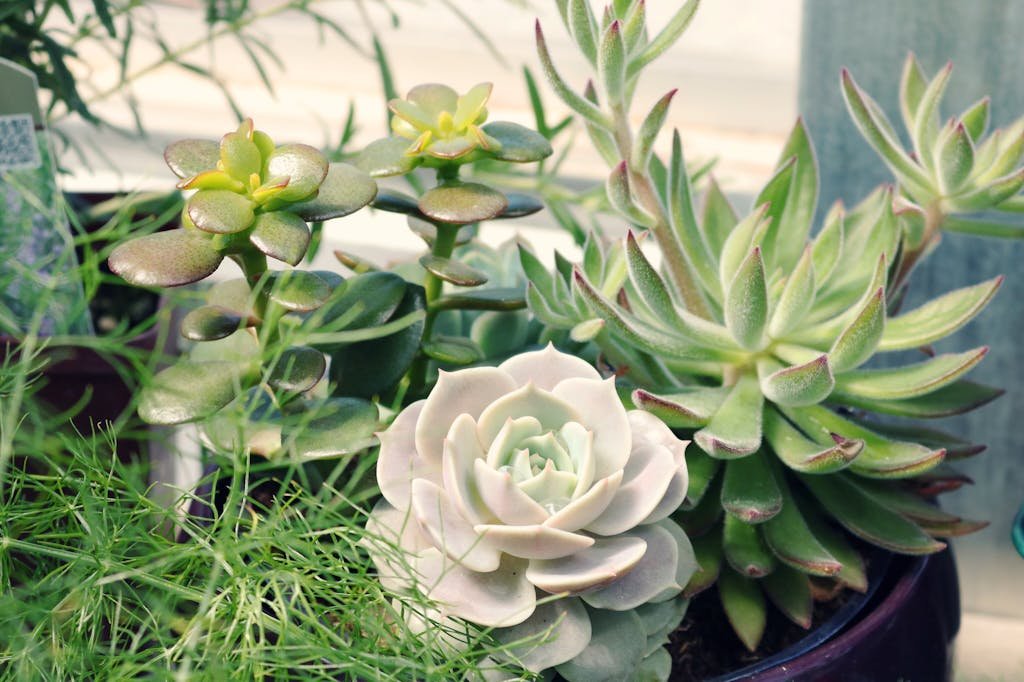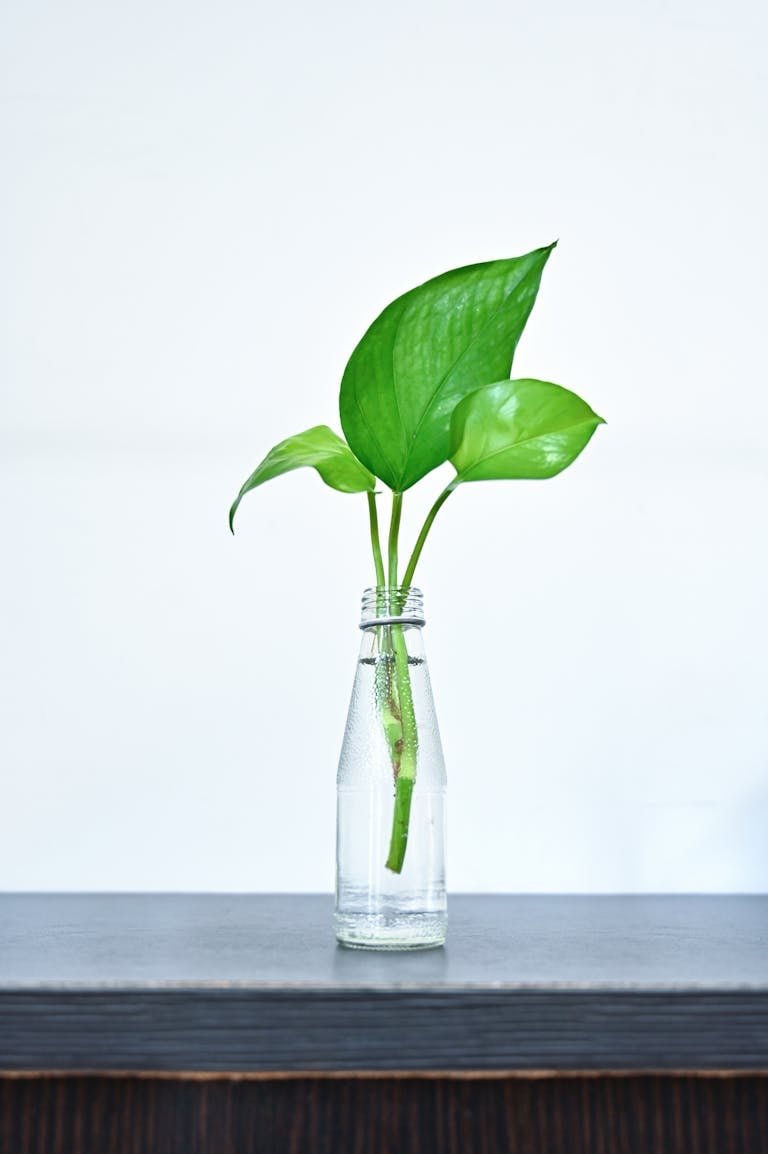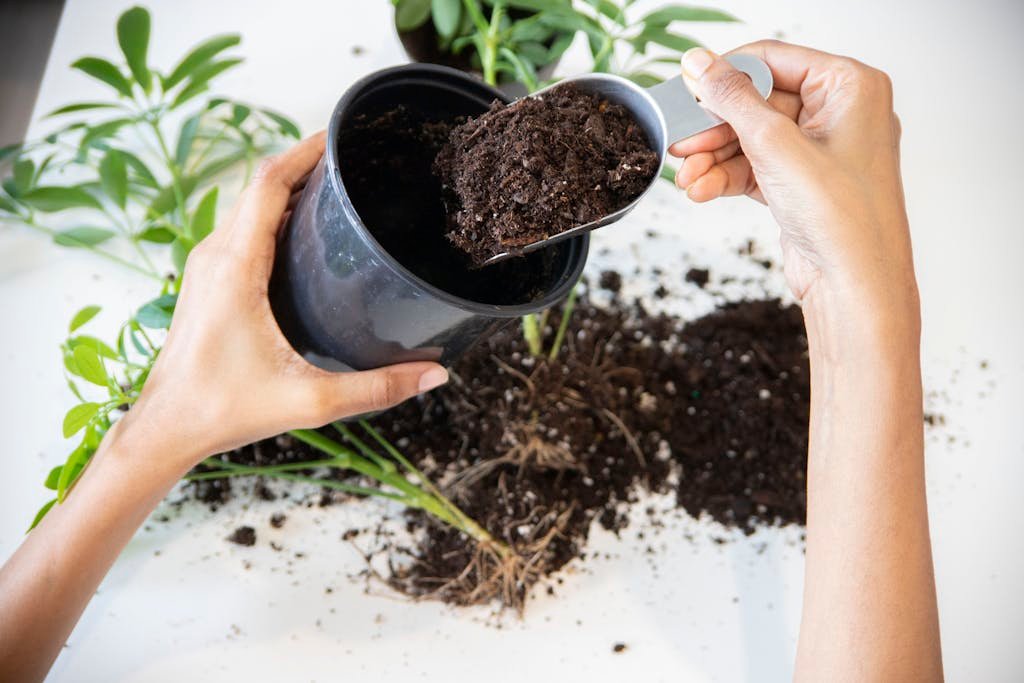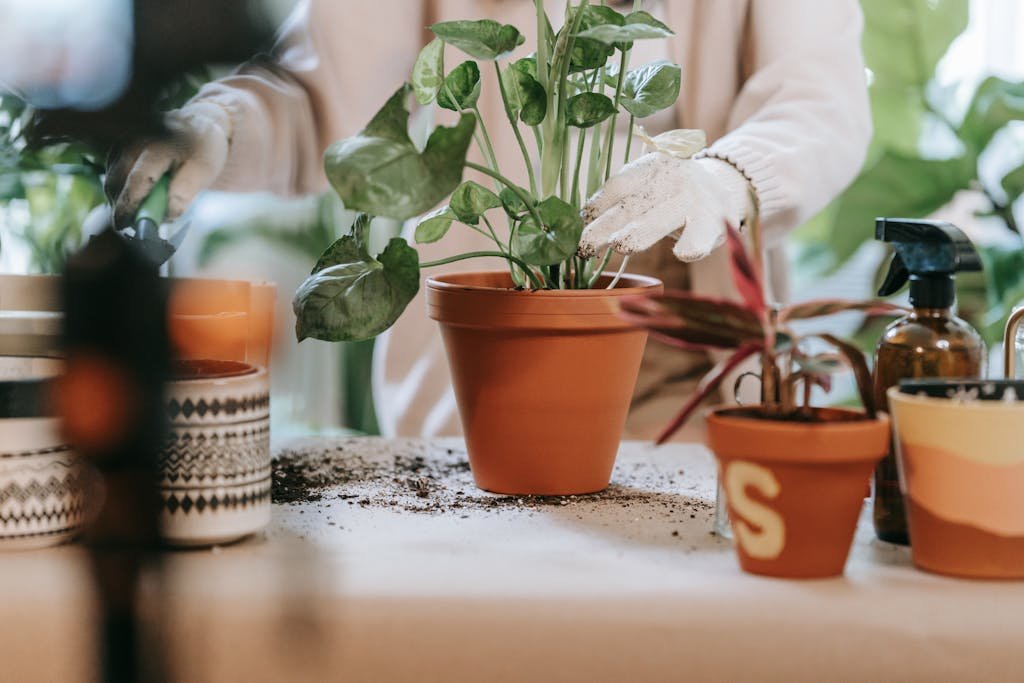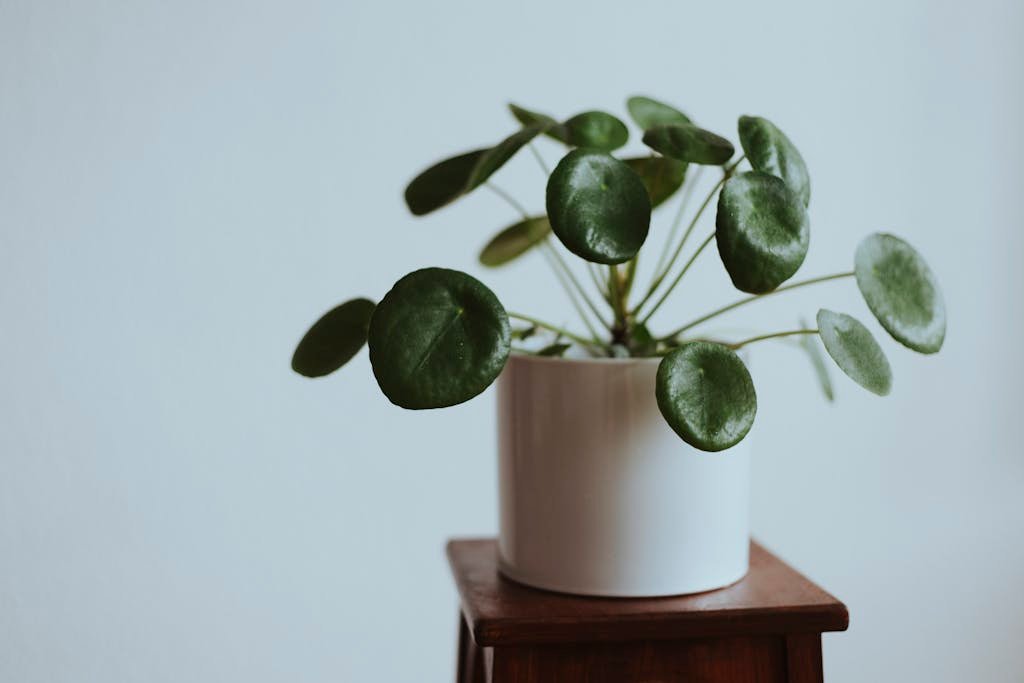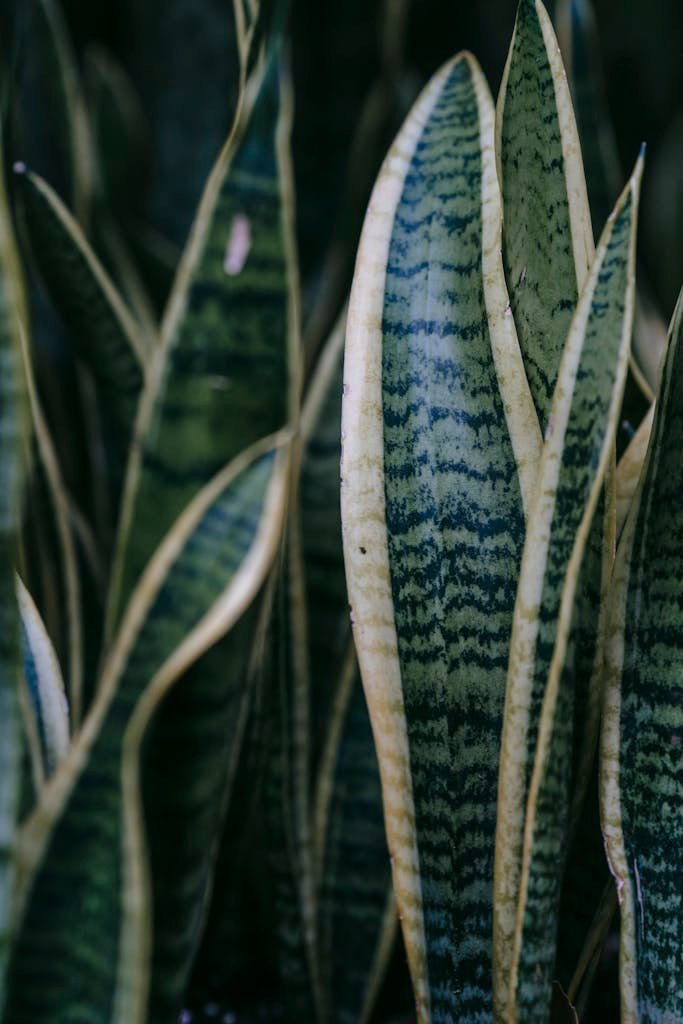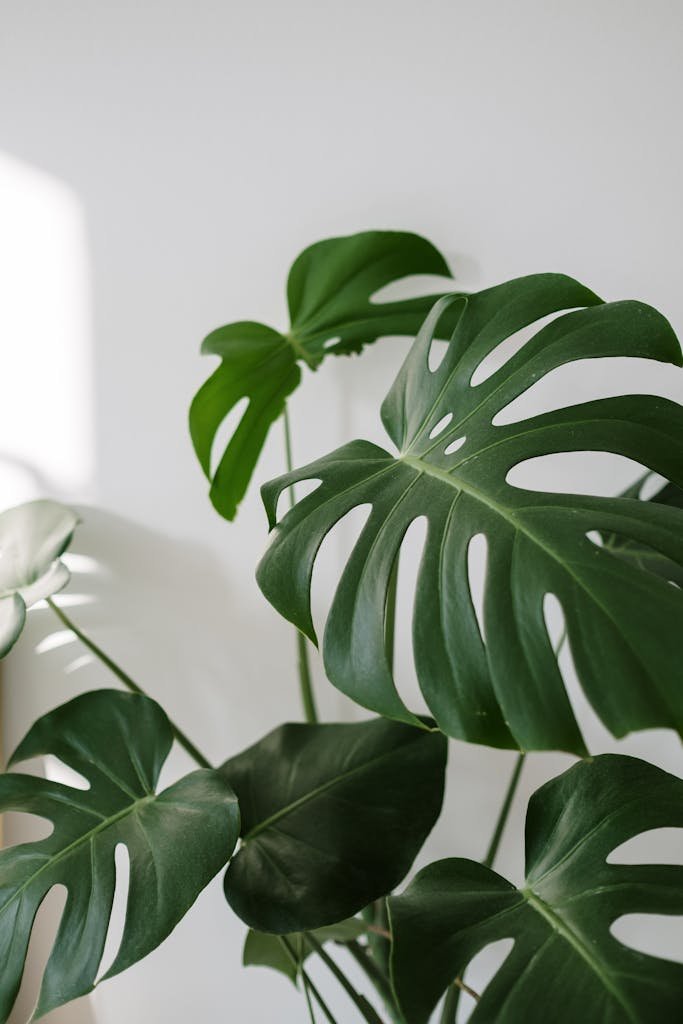How much sunlight does your plant really need?
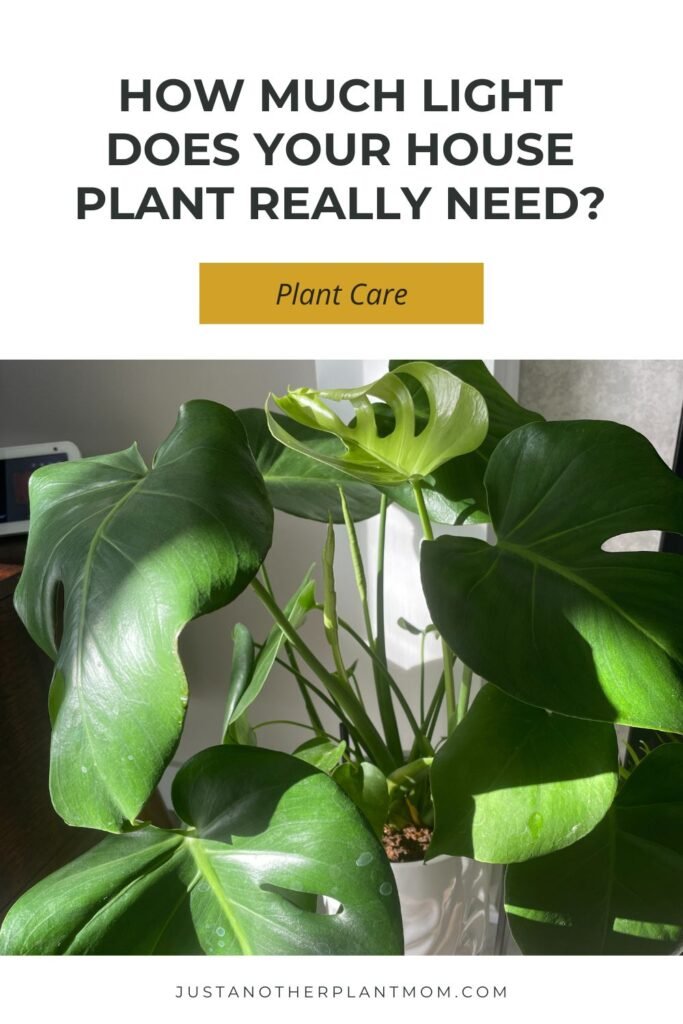
The number one reason that I hear from friends and family as to why they don’t own more plants is that they feel that their home doesn’t get enough light. But how much light do plants actually need? In this post, I’ll shed some light on one of the most important factors in plant care: sunlight! (See what I did there? 🤣)
Understanding how much sunlight your plants need is crucial for their health and well-being, and can mean the difference between a plant surviving and a plant thriving. But I know it can definitely feel overwhelming. Even if your plant came with a label listing its light requirements…what does it all actually mean?
Lighting is something that I wish I paid more attention to when I first started caring for plants. If I could tell my former self one thing about plant care it would be this: good lighting is everything! It makes such a massive difference in the health and vibrancy of house plants.
Understanding Light Requirements
Before we delve into the different categories of light needs, let’s flash back to biology class to understand why light is so important for plants. Light is essential for photosynthesis, the process by which plants convert light energy into chemical energy to fuel their growth and development. (Yes, that’s straight out of a textbook! JK!)
Different plants have different light requirements based on their natural habitats and evolutionary adaptations. When it comes to indoor plants, light requirements are typically categorized into three main categories: low light, medium light, and high/bright light. Keep in mind that within the last category you might also see direct or indirect light. (Low and medium light are naturally indirect light.)
Low light means there is minimal natural light in a space. This can also refer to a spot in your room that isn’t getting much light, such as a back wall or corner of a room. Medium light means that there’s something between the light source and your plant. This could be something physical like semi-sheer curtains or furniture, or if could be physical space (for example your plant is on a shelf across the room from the window.) High/bright light means your plants are within 1-2 feet from the light source and there’s nothing blocking the light source.
Direct or indirect light refers to whether or not there is a direct path of sunlight to your plants through a window. With direct light, the sun’s rays are directly hitting your plant (foe example, your plant is sitting in a south facing window with no curtains.) Whereas with indirect light, the sun’s rays are not directly hitting your plant. This is actually an important distinction and can have quite a big impact on your plants, so I will cover both in the high light category. Ok, with that said, let’s take a closer look at what each of them means for your plants.
Note: I will share more about how to determine how much light your room is getting later in the article!
Low Light Plants
Plants labeled as “low light” can live in areas with minimal natural light. These plants have adapted to lower light conditions by being able to photosynthesize more efficiently with limited light.
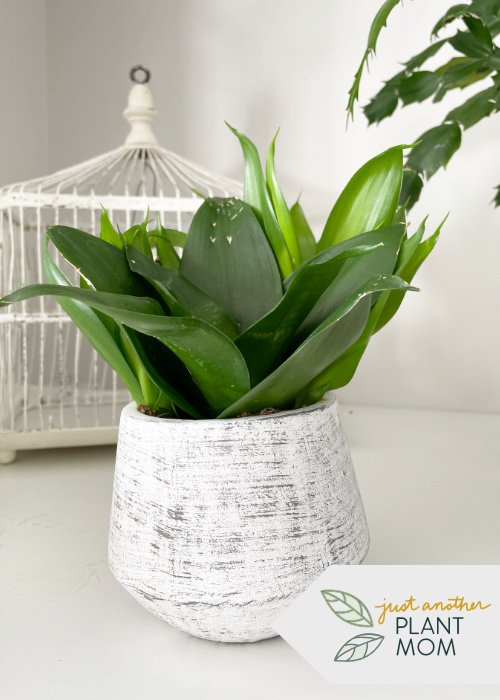
Some common examples of low light plants include:
- Snake Plant
- ZZ Plant
- Parlor Palm
- Lucky Bamboo
- Pothos (prefers bright, indirect light but will tolerate low light)
- Spider plants (prefers bright, indirect light but will tolerate low light)
These plants are perfect for those rooms in your home that don’t receive a lot of natural light.
A note about low light plants: It’s important to remember that low light doesn’t mean no light! All plants still need some light to thrive. I’ve personally found that even the above plants prefer a bright room with indirect light (direct sunlight can scorch and damage their leaves.)
In fact, labelling plants “low light” is not totally accurate in my opinion because it’s not like these plants prefer low light. Instead, they are just capable of surviving low light because they are quite hardy and adaptable. They’ll do well in medium light too, and some like Snake plants and Pothos do well in low, medium and bright light!
Medium Light Plants
Plants labeled as “medium light” require a bit more natural light than low light plants but can still tolerate indirect sunlight or filtered light. These plants thrive in east or west-facing windows where they can receive a few hours of morning or afternoon sunlight.
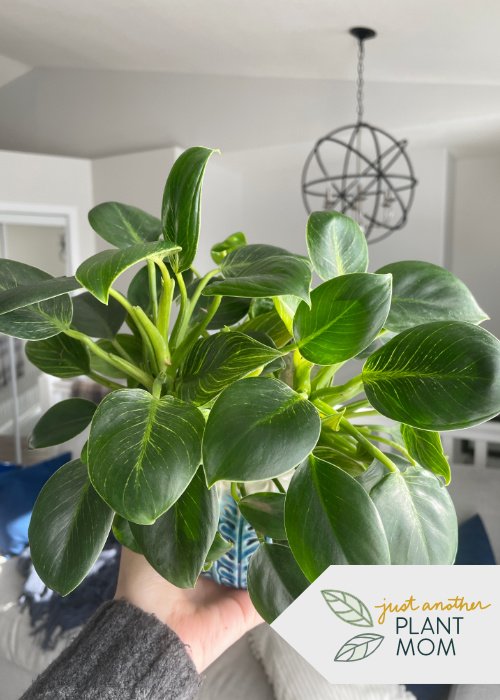
Some common examples of medium light plants include:
- Philodendron
- Rubber Plant
- Chinese Evergreen
- Calathea
- Dracaena
- Hoya
Medium light plants are versatile and can adapt to a range of lighting conditions, which makes them a great choice for your home. Just be sure to avoid placing them in direct sunlight for extended periods, as this can cause their leaves to scorch. Many of the plants in the medium light category will also do well in areas of high light as long as the light is indirect or diffused.
High Light Plants
Plants labeled as “high light” require plenty of bright sunlight to thrive. These plants are often native to sunny, tropical regions and have adapted to intense sunlight by developing mechanisms to protect their leaves from sun damage. Many of these can tolerate direct sunlight, but will also do well with indirect sunlight as long as they get a lot of it!
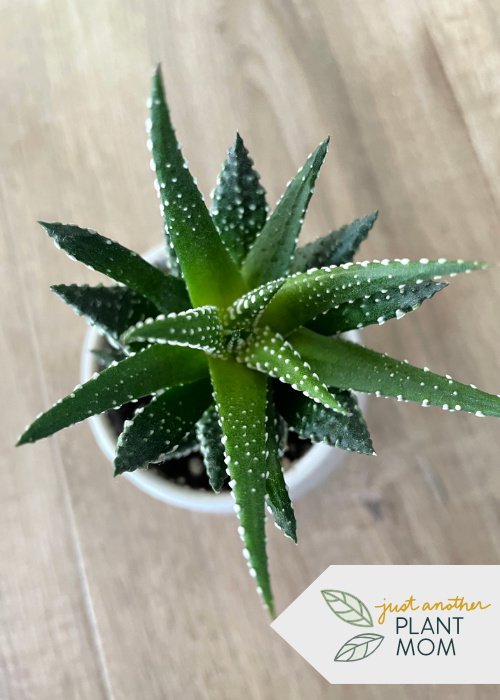
Some common examples of high light plants include:
- Cacti
- Succulents (Aloe Vera, Jade Plant, Echeveria, etc.)
- Palms (may prefer indirect, bright light)
- Bird of Paradise (usually prefer indirect, bright light)
High light plants are perfect for south-facing windows or areas with plenty of sunlight. Just be sure to monitor them closely and water regularly because they can dry out more quickly in intense sunlight.
Direct vs. Indirect Light
As I mentioned above, direct or indirect light refers to whether or not there is a direct path of sunlight to your plants. This means light that is not filtered through curtains, but is hitting your plants directly through the window. I won’t spend too much time on this because I’ve found that most plants prefer indirect light—especially if they aren’t acclimated to direct light. Direct sunlight can scorch the leaves of plants that aren’t used to it, so it’s good to be cautious and research your plant before putting it in front of a bright south-facing window.
There are some plants that enjoy bright, direct sunlight however, as I mentioned above, succulents, cacti and some palms will enjoy direct light. Again, I would make sure you take a little time to get them used to it if they haven’t been sitting in direct sunlight before. Try a few hours at a time at first before giving them a permanent spot in the sunlight.
If you have a bright, south-facing window, but no direct sun-loving plants, you can consider some sheer curtains to diffuse the light or move the plants back a little from the window.
Some plants that enjoy this high/bright indirect light are:
- Monstera
- Aglaonema
- Peace lily
- Dieffenbachia
- Pothos
- Spider plants
- Pilea peperomioides
How to tell if your plant is getting enough light
No matter what the label on your plant says about your plant’s light requirements, your plant is the ultimate expert! Monitoring your plant’s growth will help you determine if it’s happy with the amount of light it’s getting. Luckily, there are a few signs that you might see if the lighting is not quite right for your plant.
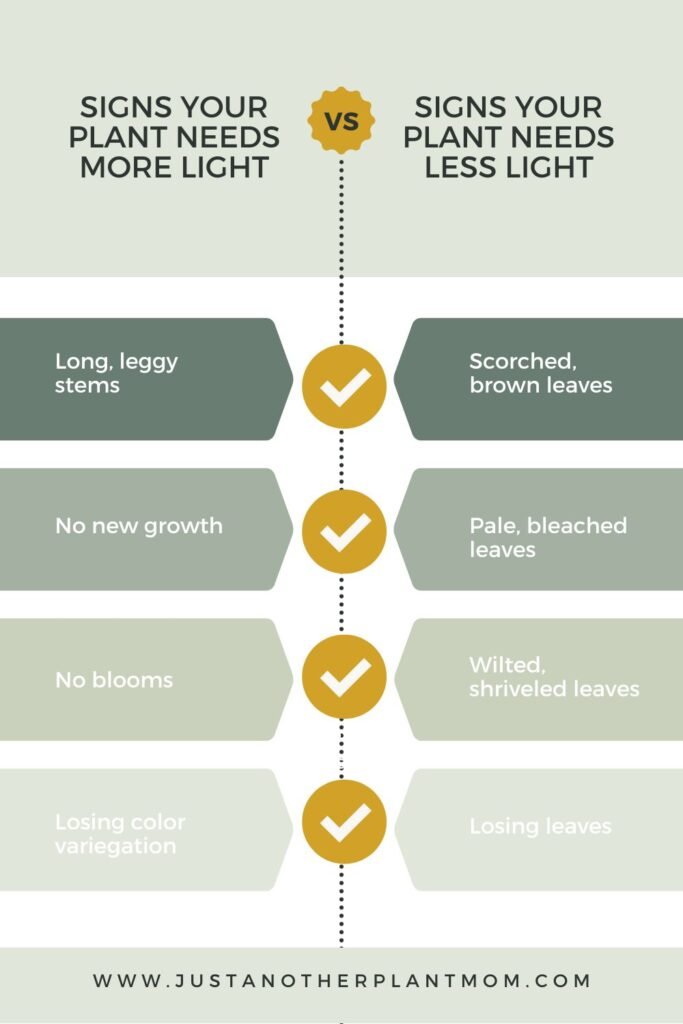
Your plant might not getting enough light if:
- It looks like it’s reaching excessively towards the light (long, leggy stems)
- It’s not producing new growth (or very small leaves)
- It doesn’t bloom
- Its leaves lose their color variegation
Your plant might be getting too much direct light if:
- It has scorched, brown spots on its leaves
- It has pale, bleached areas on its leaves
- Its leaves wilt or shrivel up and fall off
How to determine your room’s light conditions
There are several factors that will determine whether your room is low, medium or high light. Keep in mind that the amount and intensity of light coming through windows will change with the seasons and you might have to adjust your plants accordingly.
Location of your room
Rooms with north-facing windows generally have the lowest light, sometimes no direct light at all depending on the size of windows. Next we have rooms with east-facing windows, which will get sun in the morning. Rooms with east-facing windows will often be bright, but light will drop considerably as you go deeper in the room.
South and west-facing windows tend to have the brightest light, especially if you have a large window. They will also be the warmest. West-facing windows will get more light in the afternoon, whereas south-facing windows will provide the most light throughout the day. South-facing windows will also get a lot of direct sun in the space surrounding the window (up to 2-3 feet). Depending on how open your space is, the room could be a combination of high and medium light as you get deeper into the room away from windows.
Physical environment
If your room is open concept, you will probably get more light spread out throughout your room. If you have curtains or large furniture in front of windows, that can block sunlight from your room. Ditto for large trees or buildings outside, which can affect how much sunlight gets through your windows. And of course, clean windows will provide more light than dirty ones!
Measuring the light in your room
If you’re really unsure about how much light you’re getting, you can invest in a light meter. A light meter will measure the light intensity of a space in units called “foot candles (fc).” You simply hold the meter right at the location of your plant and read the measurement. It’s a good idea to take a couple of readings throughout the day and average them as lighting will change throughout the day.
100-200 fc = Low light
200-500 fc = Medium light
500-1000 fc = High/Bright, indirect light
1000+ fc = High Direct light
What about artificial light?
If your room isn’t overly bright, but you still want to enjoy some plants in your space, then supplementing with artificial light might be an option. Because plants require full spectrum light and not all artificial lights provide that, I like to think of grow lights as a supplement, rather than a substitute for good natural light.
There are many grow lights on the market, in many different styles, and at all different price points, so I suggest doing a little research to find out what would work best for your plants!
Summary
I hope this guide was helpful in breaking down the different labels you might see when you bring a new plant home and what lighting requirements actually mean. But of course, I have to add one more piece of advice to this post: Don’t be afraid to experiment and move things around.
There are multiple factors that can affect lighting in a room and many plants can tolerate a variety of lighting conditions. So to find that perfect place where your plant will not only survive, but thrive, don’t be afraid to try out different locations in your home. Be sure to give it enough time in one spot to really see how it does. And if it’s not happy, try a different spot! It’s more important to follow the cues that your plant is giving you than the “rules” you find on the internet!
I like to think of all the research and information out there as a starting point. It helps you know where to place your plant and how to care for it. From there, sometimes you have to use your intuition a bit too! The more you care for plants, the more you’ll get the hang of it. Trial and error really are the best teachers, don’t you think?
